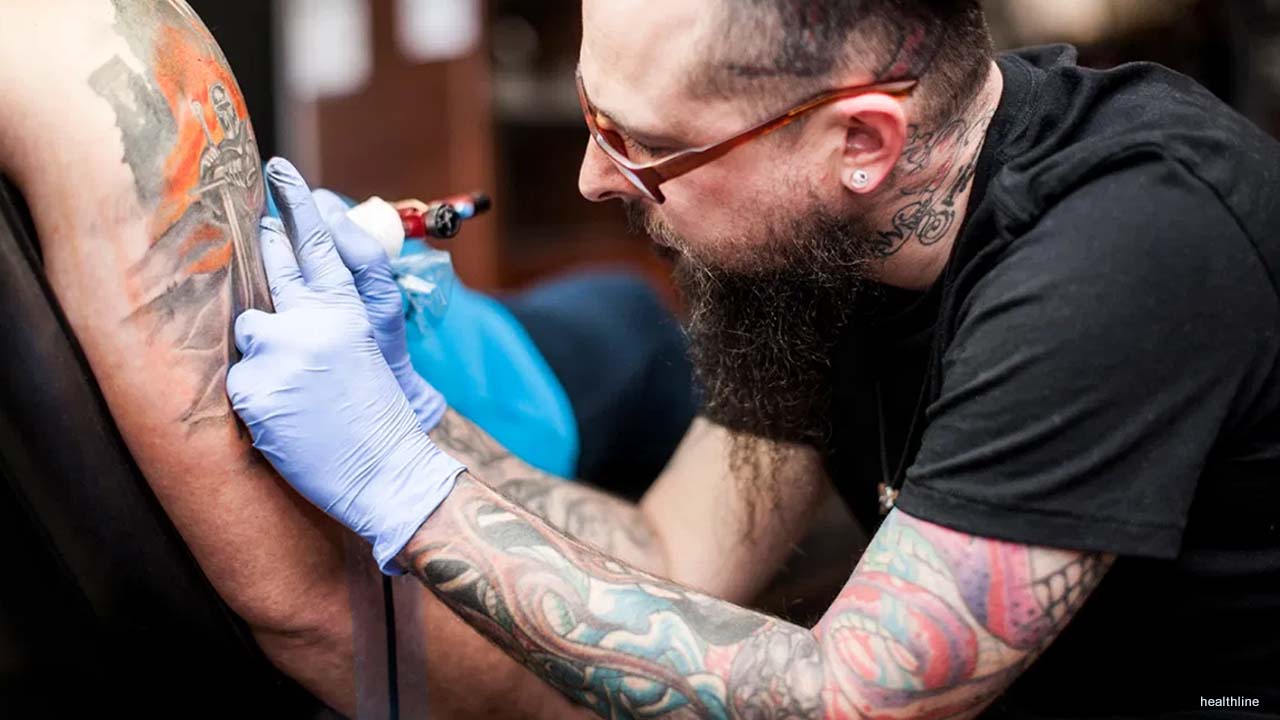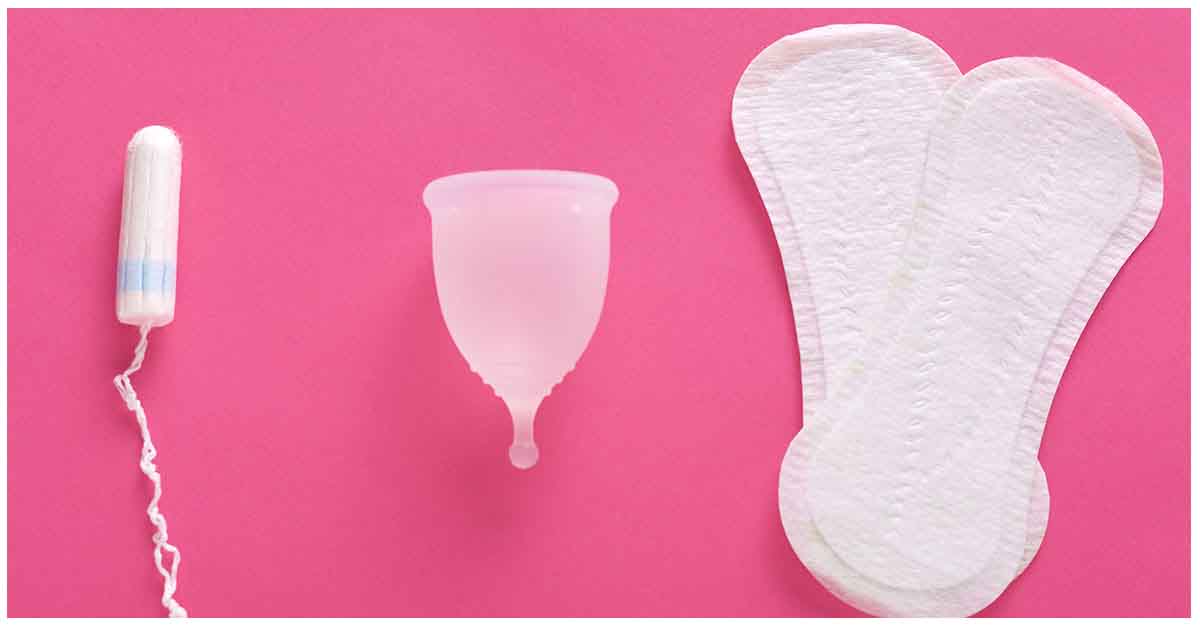Tattoos are getting very popular these days. Tattoos are the reflection of your identity; they are a kind of self-expression. They are formed on the dermis layer with the help of a needle and ink. Along with tattoos, piercing is also gaining popularity.
How are tattoos made?
The tattoo artist uses a handheld machine with an attached needle to puncture the skin. Every time this device makes a hole, it injects ink into the dermis — the second layer of skin below the epidermis.
Tattooing complications
- Allergic reactions to tattoo dyes
- Burning or swelling at the tattoo site
- Chances of skin infection
- Bloodborne diseases like Hepatitis C, Hepatitis B, HIV, and tetanus
Tips for safe tattoo
- Get a tattoo from a licensed, reputable facility.
- Make sure that your artist uses a fresh pair of gloves and washes their hands before starting the procedure.
- Make sure that needles are getting removed from a new, sealed package. Needles and razors shouldn’t be reused.
- Disinfect the skin which is being tattooed with a disinfectant, such as rubbing alcohol, prior to tattooing.
- Fresh tattoos should be covered with sterile gauze or a bandage. Follow the artist’s instructions for caring for newly tattooed skin.
Aftercare of tattooing
It may take about 2 weeks of time for your skin to heal. Avoid touching your tattoo often as it may catch the infection.
- Keep new tattoos bandaged for the first 1 to 2 hours only. Apply antibiotic ointment to your skin after removing the bandage.
- Gently clean the tattoo with plain soap and water, and then pat dry.
- Use a mild, unscented moisturizer on newly tattooed skin throughout the day.
- Avoid direct exposure for the first few weeks.
The chances of any risks or side effects are higher during the initial days. Thus, make sure you do proper aftercare of tattooing to avoid any complications.
How safe is tattoo ink?
The U.S. Food and Drug Administration (FDA) has strict standards about labelling inks to prevent cross-contamination, but you could still be exposed if such practices aren’t followed. Make sure the ink is completely sterilized before using. Also, according to the FDA, some inks contain the same chemicals used in car paint and printer ink, but the agency doesn’t regulate these materials. More tests are needed to confirm the safety of inks used in tattooing so as to reduce the overall risks.

 We think a lot about our health before eating anything but do we think that much before getting tattoos whose ink’s safety is not yet fully determined? Tattoos are getting highly popular these days. But have you ever thought about the safety of ink used in making tattoos?
We think a lot about our health before eating anything but do we think that much before getting tattoos whose ink’s safety is not yet fully determined? Tattoos are getting highly popular these days. But have you ever thought about the safety of ink used in making tattoos?









-min.jpg)










.jpeg)



.jpg)




.jpg)





.jpeg)

.jpg)


